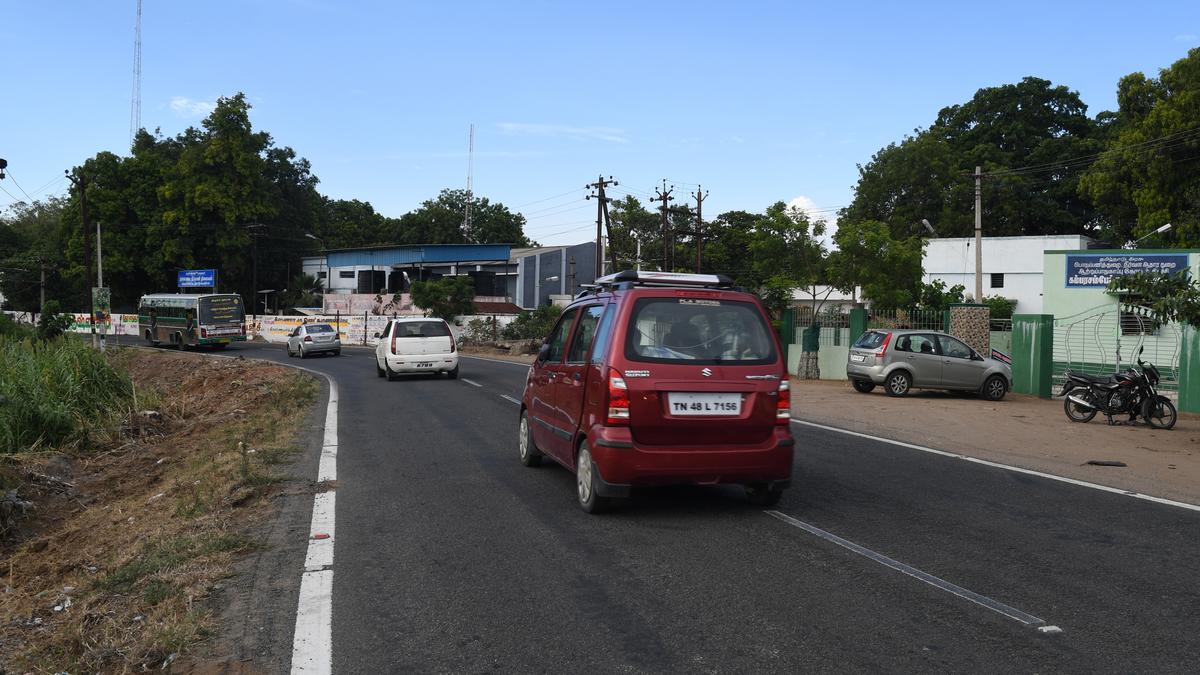ARTICLE AD BOX
Last Updated:June 20, 2025, 15:13 IST
Stealth jets are specially designed aircraft that can avoid detection by radar, infrared sensors, and other surveillance systems

The United States leads the pack with the F-22 Raptor and F-35 Lightning II. (PTI Photo)
Amid intensifying conflicts like the Russia-Ukraine war and the Iran-Israel flare-up, one class of military technology is gaining rapid prominence: stealth fighter jets. These elusive aircraft, capable of slipping past enemy radars undetected, are becoming a game-changer in modern aerial warfare. While India currently operates the formidable Rafale jets, they fall short of being true stealth aircraft. Meanwhile, China’s latest move to supply stealth jets to Pakistan has stirred concern, as India accelerates efforts to catch up in the 5th-generation fighter jet race.
What Are Stealth Fighter Jets?
Stealth jets are specially designed aircraft that can avoid detection by radar, infrared sensors, and other surveillance systems. Their airframe is built with radar-absorbent materials and angled surfaces that scatter radar waves rather than reflecting them back, rendering the plane nearly invisible to enemy detection systems.
The very name “stealth" implies secrecy. These aircraft are built to penetrate enemy territory, strike with precision, and exit without alerting radar systems. Features such as internal weapons bays, reduced infrared emissions, and specialised coatings make them extremely difficult to track. It’s this near-invisibility that places stealth fighters in the elite 5th-generation category.
As of now, only a few nations possess operational stealth fighter jets. The United States leads the pack with the F-22 Raptor and F-35 Lightning II. China entered the elite club in 2017 with its J-20, followed by the development of its second stealth aircraft, the J-35 (also known as FC-31). Russia, too, has deployed the Su-57, though its operational capabilities remain limited.
India is yet to field a stealth jet, but the race is well underway. In 2024, the Centre greenlit the Advanced Medium Combat Aircraft (AMCA) program – a twin-engine, 5th-generation stealth fighter jet entirely designed and manufactured indigenously. It is expected to have stealth geometry, internal weapon bays, advanced data fusion systems, and supersonic speed close to Mach 2.5 (about 2,500 km per hour). The first prototype is likely by 2027, with production-ready versions slated for 2034 or beyond.
Pakistan’s Big Leap: China’s J-35 Jets Incoming
While India’s stealth program is still on the runway, Pakistan is already preparing for takeoff. China has finalised a deal to supply Pakistan with 40 J-35 fifth-generation stealth jets. The first batch of 30 is expected to be delivered as early as August 2025. These jets, built by Shenyang Aircraft Corporation, are designed to rival the likes of the American F-35 and are a significant upgrade for the Pakistan Air Force.
The J-35 boasts a radar-evading airframe, supersonic capabilities, internal weapon storage, and next-gen avionics. Though not as advanced as China’s J-20, it still represents a dramatic leap in Pakistan’s air combat capabilities. Pakistani pilots are already undergoing training in China to handle these new machines. There are also reports that Pakistan is eyeing Turkey’s upcoming stealth fighter, the TF-X “Kaan", indicating Pakistan’s long-term ambitions in air warfare.
Until now, India and Pakistan have maintained a rough equilibrium in aerial strength, with both nations boasting skilled pilots and capable fourth-generation jets. However, the introduction of stealth jets into Pakistan’s fleet could tip the scales, at least temporarily.
Stealth technology offers an edge in offensive and defensive operations. Pakistan could use J-35s to conduct reconnaissance or limited strikes without early detection. From a strategic standpoint, the J-35 deal not only strengthens Pakistan’s air force but also deepens its military dependence on China.
What Makes Stealth Jets So Special?
Several cutting-edge technologies define a stealth aircraft:
- Radar Evasion: Specialised materials and design ensure radar waves are absorbed or deflected, reducing the aircraft’s radar cross-section.
- Infrared and Visual Suppression: Engine placement and thermal shielding lower heat signatures, making infrared tracking difficult.
- Internal Weapons Bay: Unlike older jets, stealth aircraft house weapons inside the fuselage, preserving their sleek profile.
- Multirole Flexibility: These aircraft are capable of both air-to-air combat and ground attack missions.
- Avionics & Speed: High-end sensors, real-time battlefield networking, and supersonic capabilities make them lethal and versatile.
Today, only three countries – the US, China, and Russia – operate fully functional fifth-generation stealth jets. Nations like India, Turkey, Japan, South Korea, and Sweden are in various stages of development or prototype testing. While the US remains the leader, China’s rapid progress and its export of stealth technology to allies like Pakistan signals a major shift in global air power dynamics.
India’s AMCA project is ambitious, indigenous, and critical to maintaining aerial supremacy in South Asia. While the timeline may seem distant – with full induction projected for 2034 – the project could redefine India’s defence capabilities in the coming decades. For now, the gap remains, but not for long.
- Location :
- First Published:
News india What Are Stealth Fighter Jets, Which India Doesn't Have But Pakistan Will Get In 2 Months? | Explained



.png)
.png)
.png)
















 3 hours ago
3
3 hours ago
3









 English (US) ·
English (US) ·